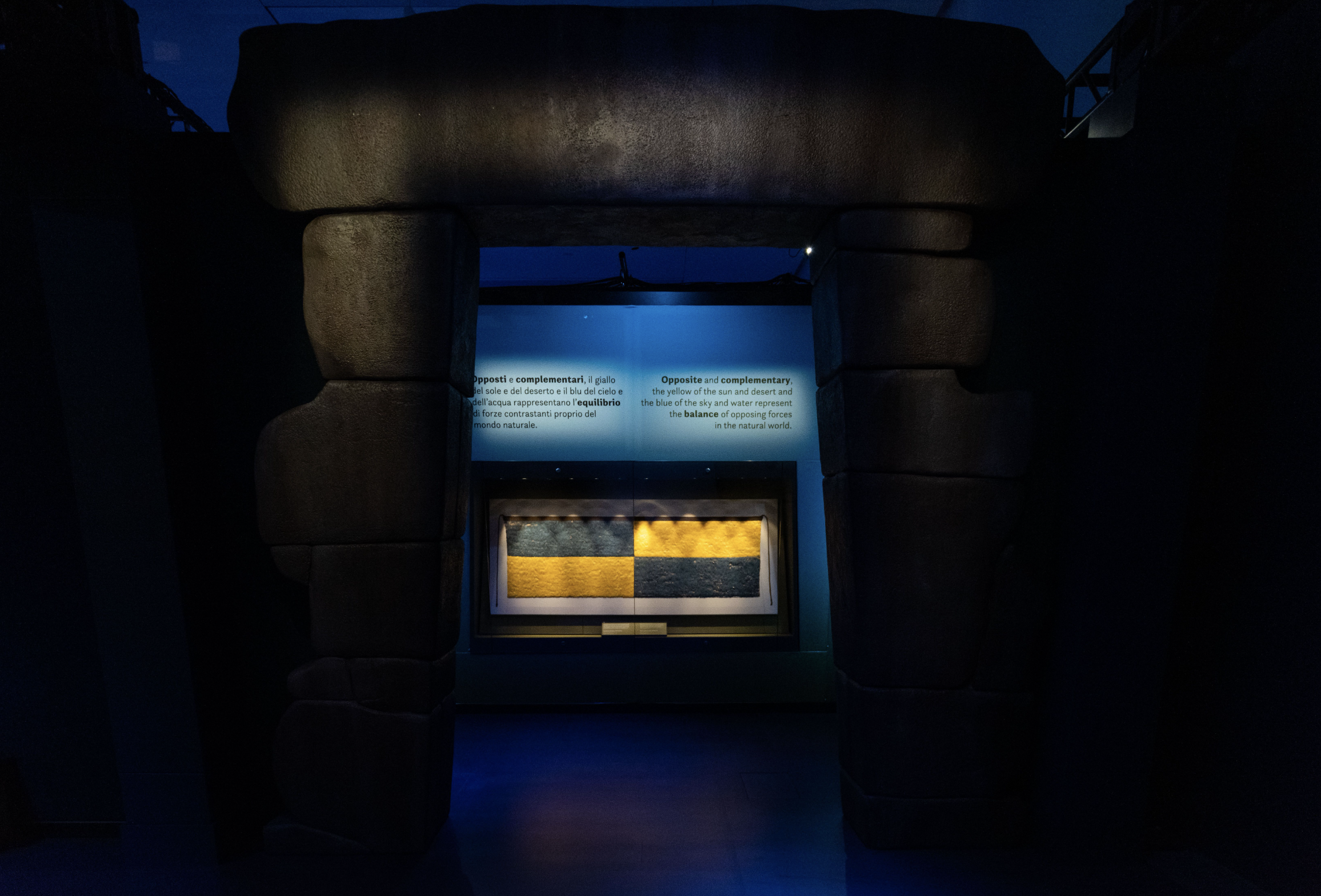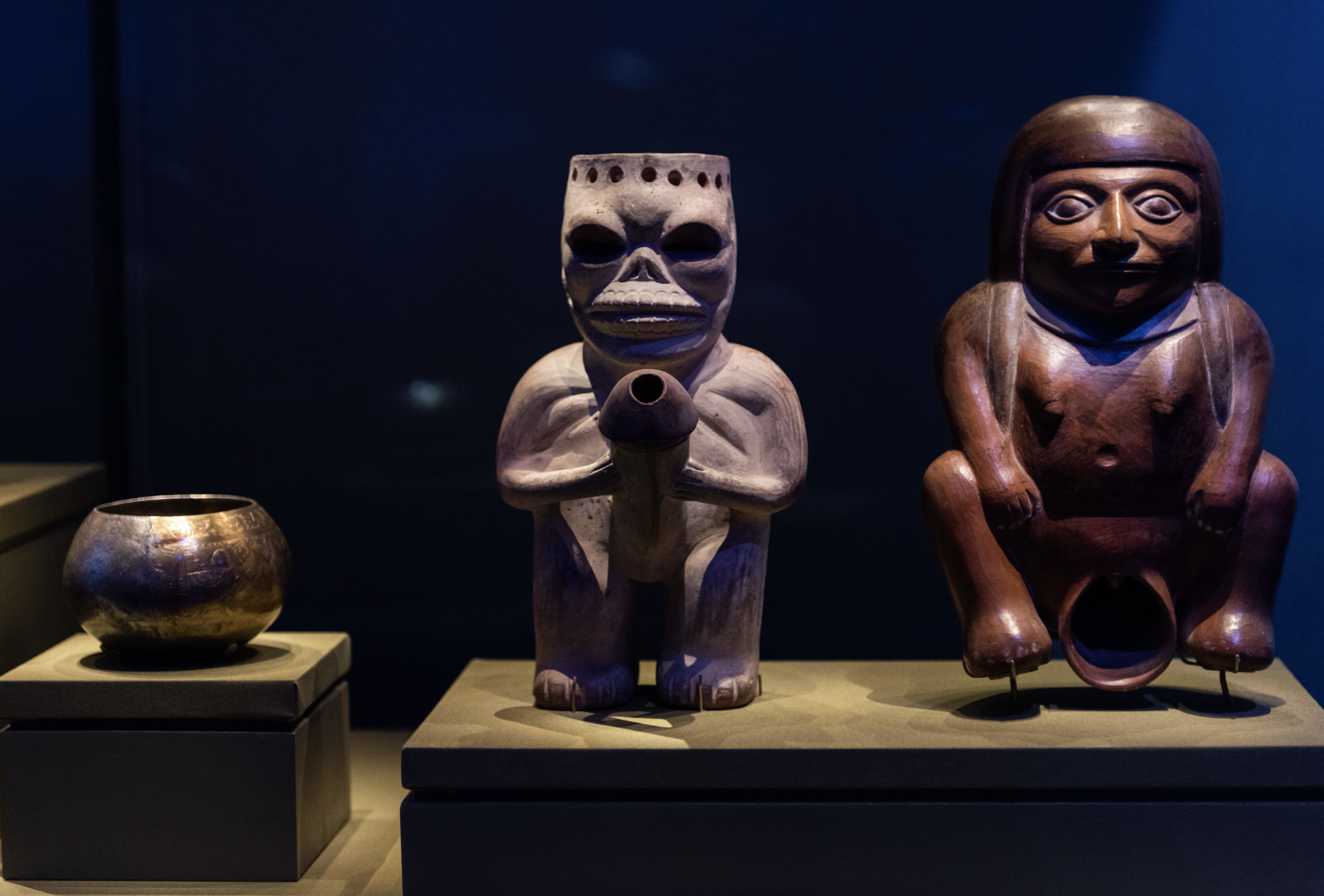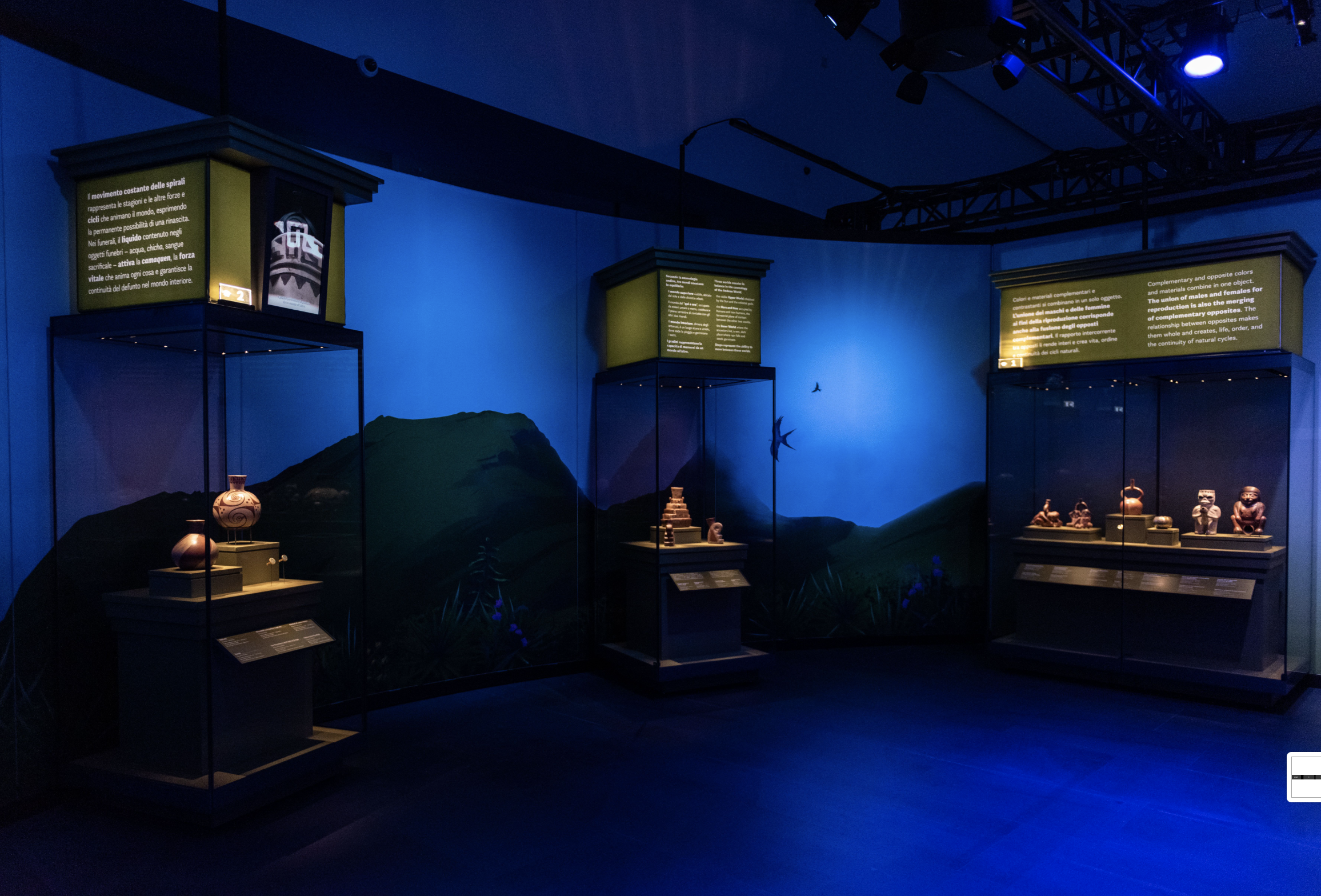Keeping Up With Milano’s Art: November 2022 Issue
Whenever I write an issue of Keeping up with Milano’s Art I tend to focus on contemporary art exhibitions and events, but for this month I wanted to momentarily deviate from contemporary art to offer to the reader some interpretative keys to experience a different, but just as contemporary dimension of art, which is ethnographic art, with the example of MUDEC.
I say it is just as contemporary because the narratives and the sensibility towards marginalized cultures have - finally - drastically changed.
It is only in the last decades the art system has dedicated a serious attention towards this sort of problematic heritage, problematic because guess what… most of African/Asian/South-American artworks displayed in European ethnographic museums are unsurprisingly the result of brutal looting, unbalanced negotiations or smuggling from the colonial times.
The Parthenon’s marbles displayed in London, the Venere di Morgantina displayed in Florida, the Nigerian’s Benin Bronzes, are among many others examples of international disputes over the restitution of contested artworks which created a friction within the international museum-scape. In post-colonial studies there are those who advocate for an unconditional restitution, those who defend the idea of an universal museum, and those who simply don’t give a f*ck.
I personally believe decolonizing western cultural institutions is not simply a matter of restitutions, of erasing the traces of a colonial past through a set of diplomatic actions which are collocated in a legal, but rather a political and symbolic dimension.
With the example of MUDEC, I want to highlight how artists and curators or any cultural actor involved in the process of decolonization must enact new interpretations and discourses capable of transforming the 21st century museum into a laboratory for counter-narrations able of breaking the coloniality of knowledge instead of re-iterating it.
When moving into an international sphere, objects made in one cultural context are assessed with criteria of other cultural backgrounds. The art originated from the zones of silence of the world consists of extremely fragile semiotic objects. Their meaning can be strongly mediated by the chain of cultural actors connecting Africa, Asia, or South America to western artistic centers.
Thus, given such structural power imbalances and hierarchies I really want my readers - the B&A community, and whoever is maturing their journey into art - to be very careful when visiting a space like MUDEC and scrutiny the cultural agency of western institutions dealing with art coming from the zones of silence.
To go back to MUDEC, – not to be a b*tch or anything – I had kind of forgotten about it after those flops of exhibitions about Disney and Barbie. Still to this day, I am confused on why they even came up with those. It was only in the last months that the museum ended up again in the spotlight of Milan with the opening of a temporary exhibition on Peruvian art titled Machu Pichu and the golden empires of Perú.
While writing my thesis on decolonization, I remember reading on Artribune an interview to one of MUDEC’s curators on the topic of restitution: she surely said brilliant things on how they tried to make their collection meaningful for the diasporic communities in Milano, especially the afro-descendent one etc. etc.
But I wanted to go check by my highly opinionated self whether all that blah-blah was then actually implemented in their curatorial practices; or whether it was yet another white, 65-years-old curator who had no crumb of knowledge on post-colonial studies to have mediated and/or narrated their collection to the audience.
For once, I must admit I was super positively surprised. The permanent collection was recently reconfigured through a joint effort of MUDEC’s curators with academicians from anthropology departments of universities in Milan and last but not least, source groups, i.e. direct involvement of minorities in Milan’s post-migrant social order, who, altogether, co-created the museological experience.
You could really tell it was the result of a polyphony of voices and not an output postulated by one old crusty curator.
The collaboration with anthropologists clearly sophisticated the whole discursive framework of the collection. What I appreciated the most was the divulgative effort in shifting from multicultural to transcultural narrations. It is difficult to separate a word from the experience it encapsulates, and when referring to multicultural society the tendency is to envision a society built like a puzzle. Multiculturalism inevitably brings to our mind a mosaic-like society, made of a plethora of monocultures. It places most of the emphasis on the boundaries, the perimeters which separate each monoculture, which is in turn assumed as internally homogeneous.
Inevitably, this conceptualization enhances the fragmentation of cultural diversity rather than the potential cohesion. It ignores the actual hybridizations, mutations and integrations resulting from cultural encounters.
When multiculturalism becomes a topological structure in museology, it creates a space for non-western art only as a state of exception. Being a state of exception means to be outside, yet to belong, to be integrated through the marginalization from the dominant system.








